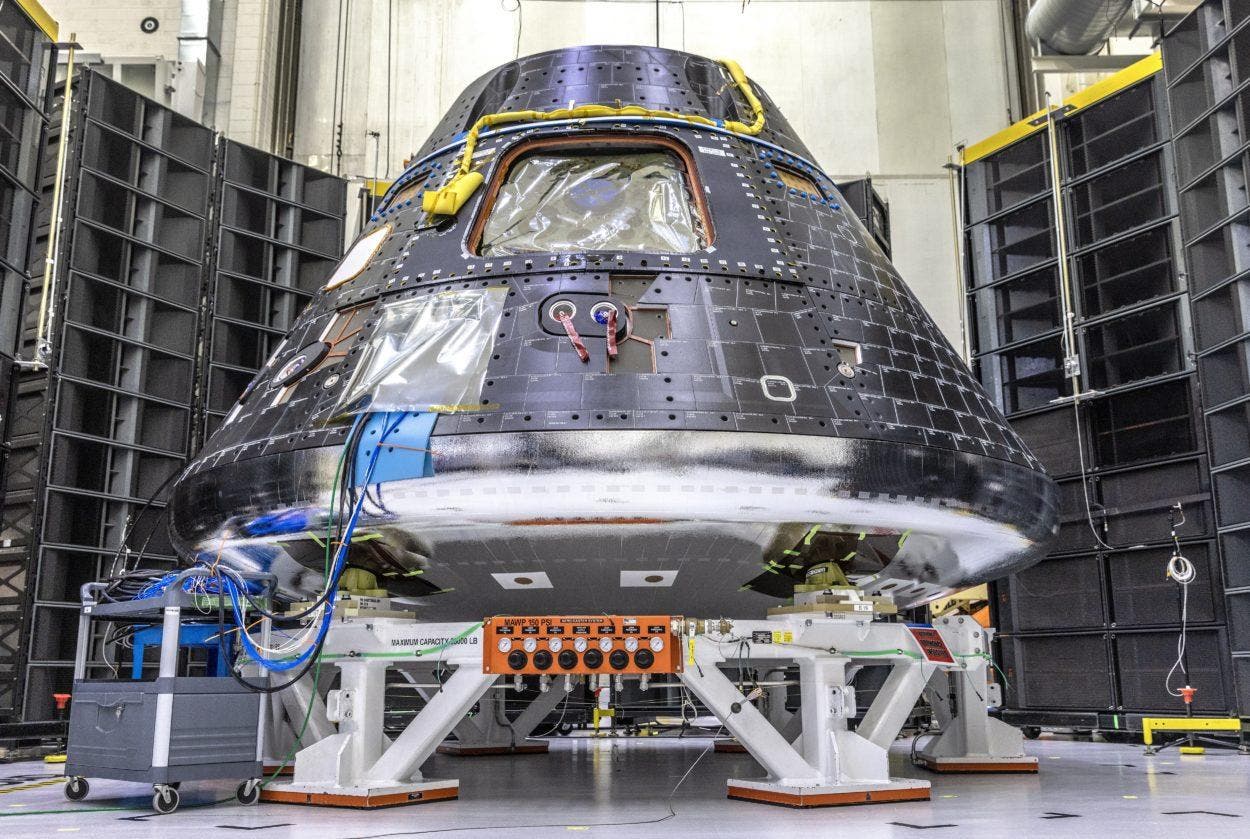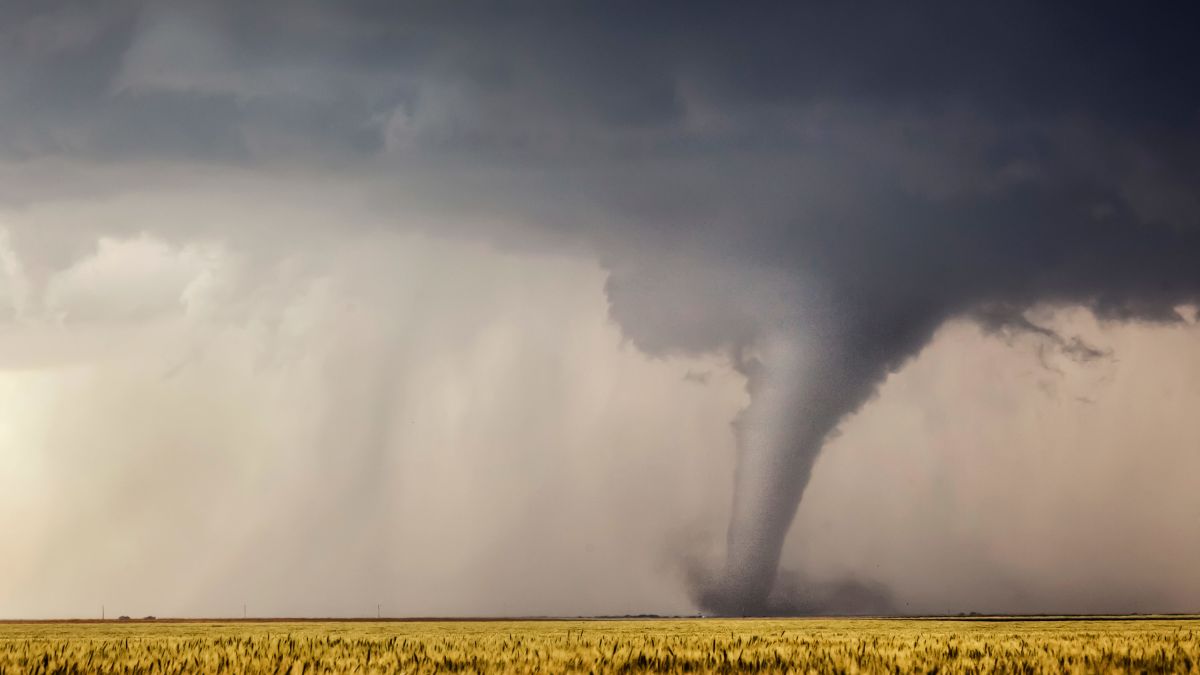MIAMI.- NASA Administrator Bill Nelson on Tuesday expressed his excitement for the historic Artemis II mission to lunar orbit, the first manned mission to the moon in more than 50 years, and noted that “we will be back.” Deep space environment for long periods of time.”
“We’re going to go to the moon, to another moon,” Nelson announced during a press conference at the Kennedy Space Center in Florida, with the next objective being Mars and “getting back safely.” American and crew of Artemis II.
Four Artemis II astronauts spotted the Orion capsule today, which is expected to carry them into space in November 2024, a “critical step in our return to the Moon” and “entering space,” Nelson said.
You may also like: The Orion spacecraft successfully returns and completes the historic Artemis I mission
However, he noted that it was a “really different moon” with “business and international partners we will return to” and an international community interested in this deep space challenge.
He pointed out that if this trip around the moon is successful, it will be the Artemis III mission of the lunar program. Pot Landing at the south pole of the satellite.
A Space Race with China
In this context of returning to the Moon and building permanent bases on its surface, Nelson acknowledged that the US was in a “space race with China” to get there first—”I don’t want China to reach the South Pole. The Moon (first) and ‘It’s ours. Out'”.
“We want to make sure it’s available to everyone and protect the interests of the international community,” he stressed.
John F. He recalled the words of Kennedy (1917-1963) and his commitment to space exploration and a trip to the moon.
“He told us to go to the moon, because it’s not easy, because it’s hard. And the place is hard. Coping with this harsh environment is what fulfills us as innovators.
“That’s why we’re going to go back to the moon and then travel to Mars,” he insisted.
For his part, NASA Deputy Administrator Pam Melroy highlighted “focusing on what targets to test on the Moon” as a “critical first step” to “getting ready before going to Mars.”
“That’s why we explore the universe, our solar system, our Earth and ourselves,” Melroy said after noting some of the “exciting” experiments being conducted by the Artemis II crew focused on “radiation.”
A measure of success
In this context, the commander of the Artemis II mission, NASA astronaut Reed Wiseman, emphasized that the “measure of success” of Artemis II was “seeing our colleagues on the lunar surface.” Then we see people following in our footsteps by walking on Mars and “returning” to Earth.
“That’s the measure of success for us,” said Wiseman, who humbly called Artemis II the “smallest campaign footer” for the Artemis program.
NASA Exploration Systems Development Associate Administrator Jim Frei said, “We’ve studied and reviewed all the mission objectives, including the odds, to decide whether we’re on the right track for Artemis II.”
With the previous mission facing several interruptions due to the pandemic and other issues before its successful completion in December 2022, Free highlighted the “crew block” as a “path critical” as Artemis I was an “excellent first step”. This time.
“We have to assemble and test the team module (…) and it is on the right track. Artemis I was a great mission and we learned a lot from it. The success was incredible”, he said, underlining that “new hardware” is being used because “when things are not right” we Depends on being warned.
“Our most important concern is the four people next to me (the Artemis II astronauts), who are relying on us,” he said.
The four members of Artemis II will lift off from Cape Canaveral, Florida, in an Orion capsule powered by an impressive Space Launch System (SLS) megarocket.
In addition to Commander Wiseman, the crew was completed by African-American pilot Victor Glover and specialists Christina Hummock Koch, the first woman to fly beyond low Earth orbit, and Jeremy Hanson of the Space Agency. Canadian (CSA).




